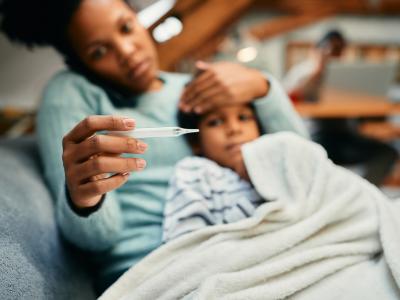Avian flu strikes second backyard flock in Washington state
Avian flu has struck a second backyard poultry flock in Benton County, Washington, according to a story in the area's Tri-City Herald yesterday.
The flock of about 500 chickens, turkeys, ducks, and guinea fowl is in Richland, just a few miles from an outbreak reported last week in Benton City. About 100 ducks from the Richland flock had been in direct contact with the flock in Benton City, which was confirmed to be infected with H5N2 avian flu, the story said.
That strain was found in recent weeks in a wild pintail duck in Whatcom County in northwestern Washington and in farm outbreaks across the border in British Columbia.
More than 700 birds have died or been culled in the two outbreaks, the story said. Confirmatory tests on the exact strain in the recent outbreak are pending. The events are the first outbreaks of avian flu in domestic birds in Washington, and so far the virus has not been detected on any commercial farms in the state.
Jan 6 Tri-City Heraldstory
Jan 5 CIDRAP News scan on previous outbreak
H7N9 hospitalizes Guangdong province man
Marking the third H7N9 avian flu case reported this year in China's Guangdong province, officials today said a 56-year-old man from Zhaoquing is hospitalized in critical condition from the virus, according to a statement today from Hong Kong's Centre for Health Protection (CHP).
No other details were available about the man's illness, such as how he may have been exposed to the virus.
The city is located in the central part of the province. Since the first of the year Guangdong province has reported cases in Shenzhen, that of a 6-year-old girl, and Dongguan, involving a 36-year-old man.
China's latest case boosts the global H7N9 number to 478 cases, according to a case list kept by FluTrackers, an infectious disease news message board.
Jan 7 CHP statement
FluTrackers H7N9 case list
FDA clears molecular flu test for wider use
The US Food and Drug Administration (FDA) yesterday announced that it has granted the first waiver to allow a nucleic acid–based test to be used in a broader selection of clinical settings. Before the FDA's waiver, the Alere i influenza A & B test was allowed only for use in certain laboratories.
FDA's waiver under the Clinical Laboratory Improvement Amendments (CLIA) means the test can be used in, for example, physicians' offices, emergency departments, and health department clinics. It added that the waiver was granted after the company submitted data showing the test's ease of use and low risk of false results when used by untrained operators.
Alberto Gutierrrez, PhD, with the FDA's Center for Devices and Radiological Health, said in the statement that other simple and accurate diagnostics using nucleic acid–based tests are expected in the future, and the newer method allows healthcare workers to receive results more quickly to help guide diagnosis and treatment decisions. Alere's test uses a nasal swab sample and produces results in as little as 15 minutes, allowing the patient to remain present during testing.
In a statement today, Alere's global president of infectious disease, Avi Pelossof, said the FDA's action is a milestone that expands molecular testing availability to a wide range of health settings during this flu season. "By making lab-accurate, actionable results available at the point of care, Alere i empowers healthcare providers to quickly identify and treat people with influenza—improving patients' clinical outcomes, protecting their communities, and reducing healthcare costs."
Jan 6 FDA statement
Jan 7 Alere press release












